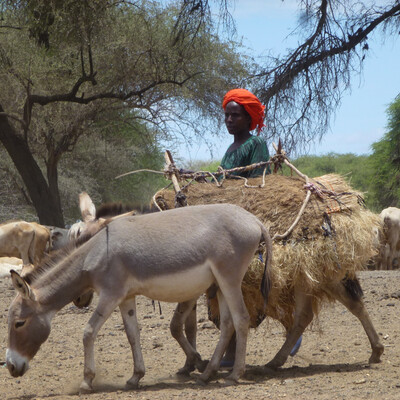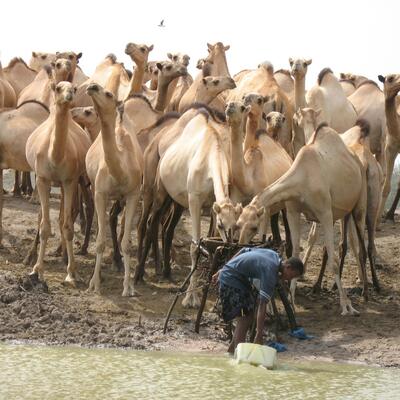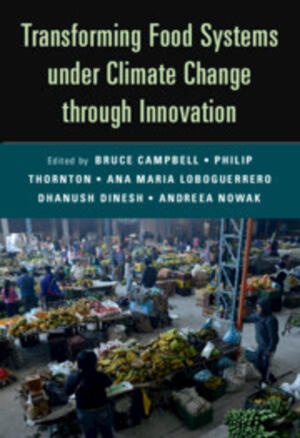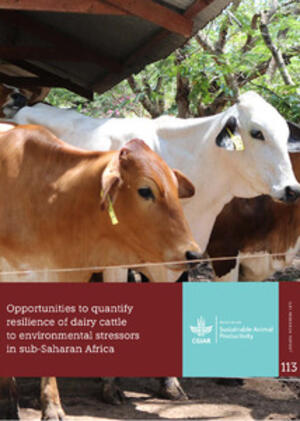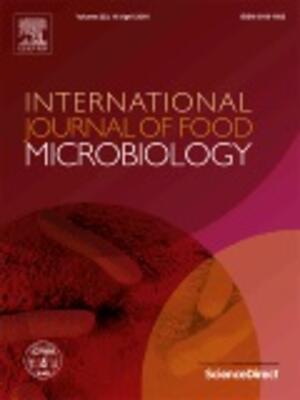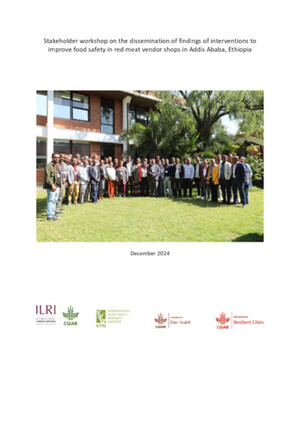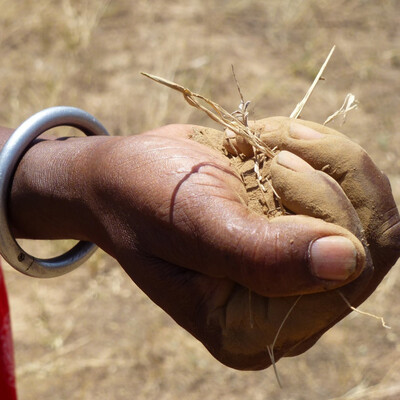
Cost-effectiveness of interventions toward improving microbial food safety of chicken meat along supply chains in Burkina Faso and Ethiopia
Abstract
Estimates for the cost-effectiveness of food safety interventions are needed to direct food safety management decisions. In this study, we estimated the cost-effectiveness of food safety interventions to control Campylobacter spp. and Salmonella spp. along the chicken meat supply chain in Burkina Faso and Ethiopia. Using Monte-Carlo simulation models, we estimated the cost-effectiveness ratio (CER) of these interventions from the annual costs of an intervention (in United States Dollar, ($)) divided by their respective public health benefits (avoided disability-adjusted life years (DALY)) for each pathogen separately and for the two pathogens combined. The lower the CER of an intervention the better. In Burkina Faso, out of 16 candidate interventions, the three interventions with the lowest CER were improved handwashing in chicken restaurants (Campylobacter spp. 387 $/avoided DALY (95 % Prediction interval: 69–1468); Salmonella spp. 7801 (1067–33,492)), using designated kitchen utensils at restaurants (549 (107–2026); 4515 (671–18,957)), and avoiding cross contamination between live birds at market (768 (187–2620); 5127 (933–20,423)). In Ethiopia, out of 15, the interventions that came first were, improved transport conditions of live birds (296 (79–996); 534 (150–1770)), adding plant extracts to feed or water at farms (387 (69–1532); 581 (108–2256)), and adding organic acids to feed or water at farms (454 (69–1947); 1226 (195–5178)). When all costs were attributed to chicken meat, the household interventions in Ethiopia had substantially higher CER than interventions in other supply chain stages, because of the low number of chickens prepared and consumed at home in a year. When only part of the costs was attributed, the CER of these household interventions were reduced by over 90 % ranking them as the most cost-effective interventions in the supply chain. When considering public health benefits of both Campylobacter spp. and Salmonella spp. in Burkina Faso, the CERs were 11 to 64 % lower compared to the CER when only considering Campylobacter spp. and 59 to 96 % lower if only looking at Salmonella spp., depending on the intervention. In Ethiopia, this was 25 to 80 % for Campylobacter spp. and 36 to 87 % for Salmonella spp., respectively. Thus, attribution of intervention costs to the food product of interest and inclusion of multiple pathogens can have a substantial impact on the estimated cost-effectiveness of control measures.
Our developed framework and models can be used to estimate the CER of food safety interventions, guide implementation of food safety measures in chicken meat supply chains of not only in Burkina Faso and Ethiopia but also in other LMICs with similar conditions.
Citation
Ssemanda, J.N., Besten, H.M.W. den, Dione, M.M., Amenu, K., Knight-Jones, T.J.D., Zwietering, M.H. and Wagenberg, C.P.A. van. 2025. Cost-effectiveness of interventions toward improving microbial food safety of chicken meat along supply chains in Burkina Faso and Ethiopia. International Journal of Food Microbiology 431: 111086.

